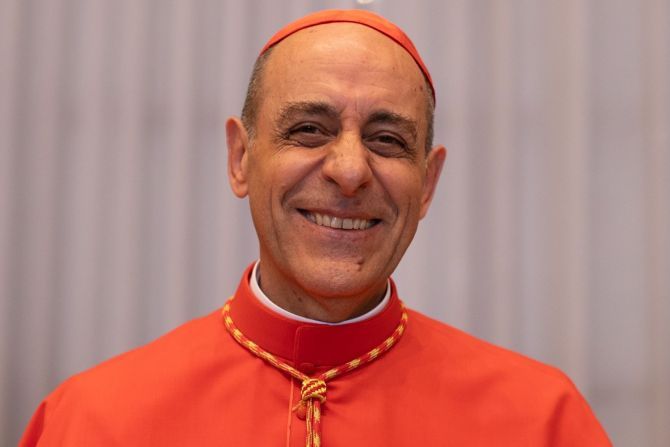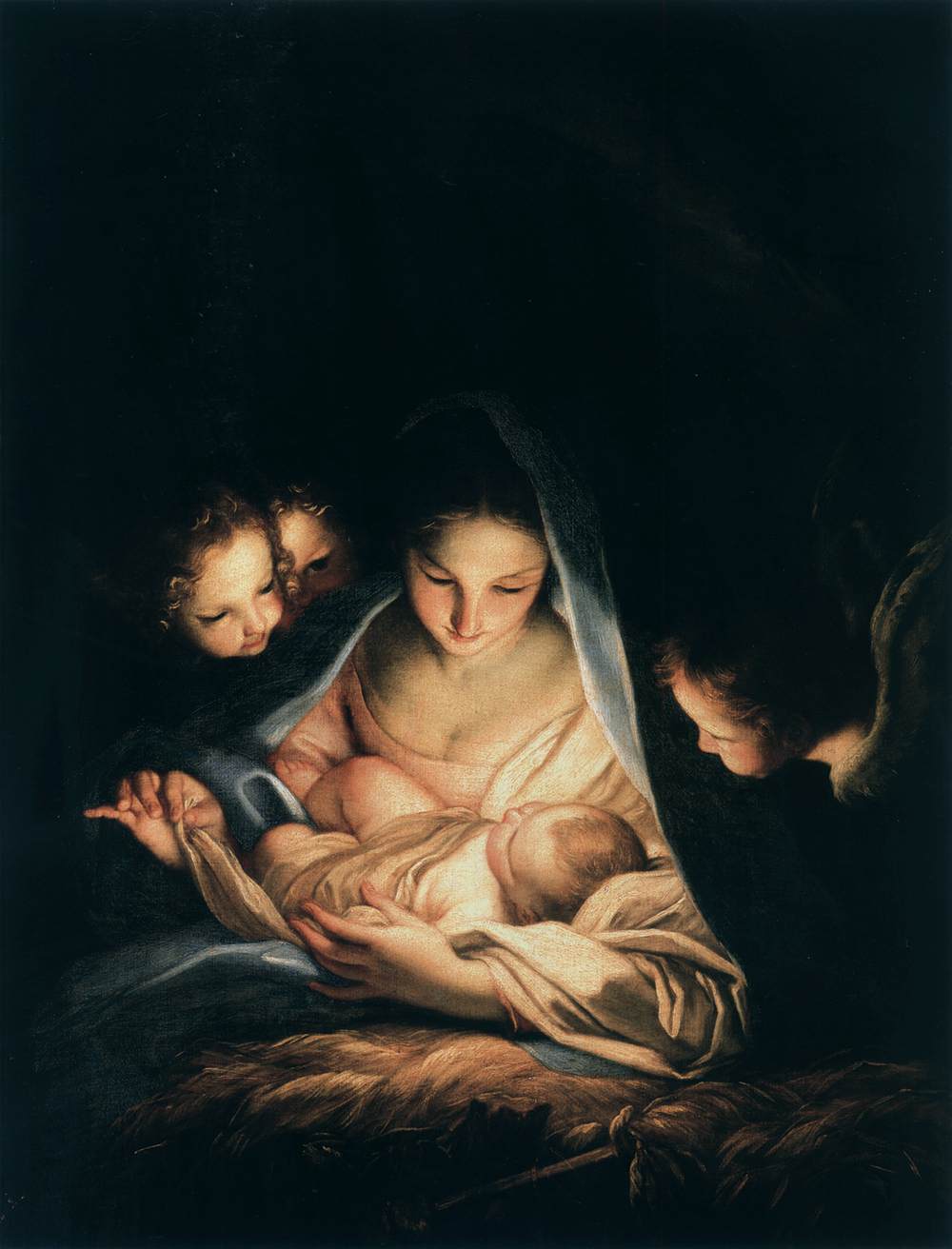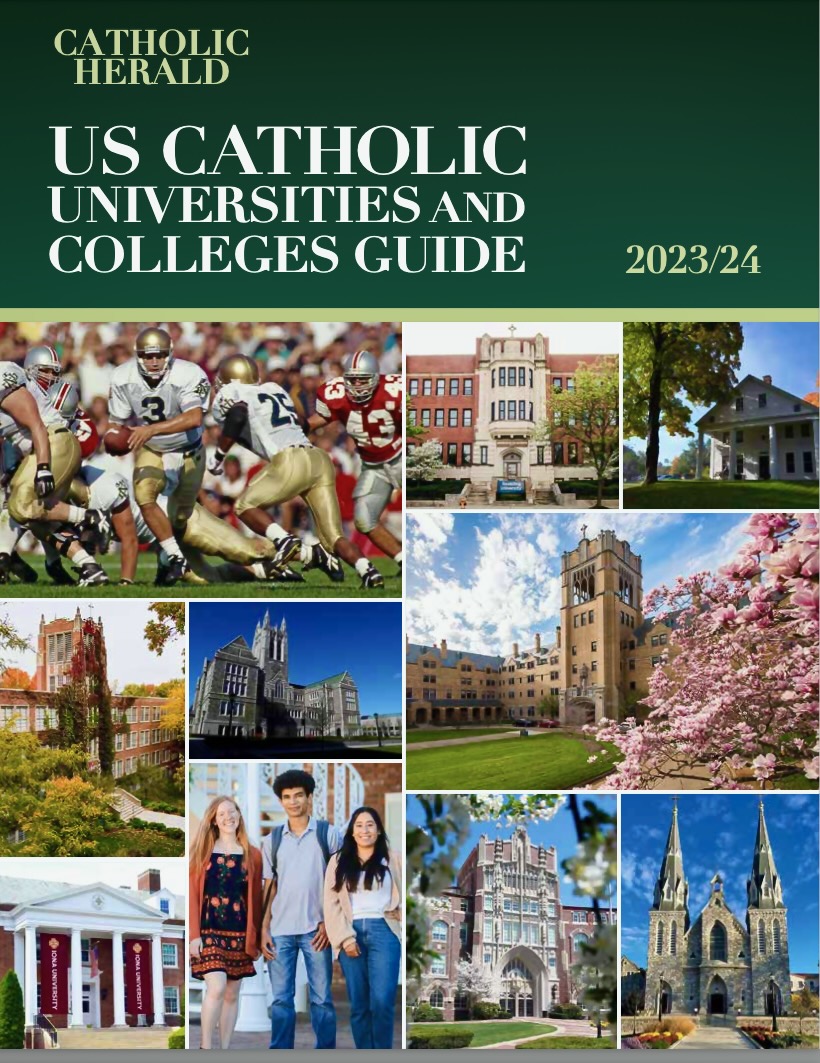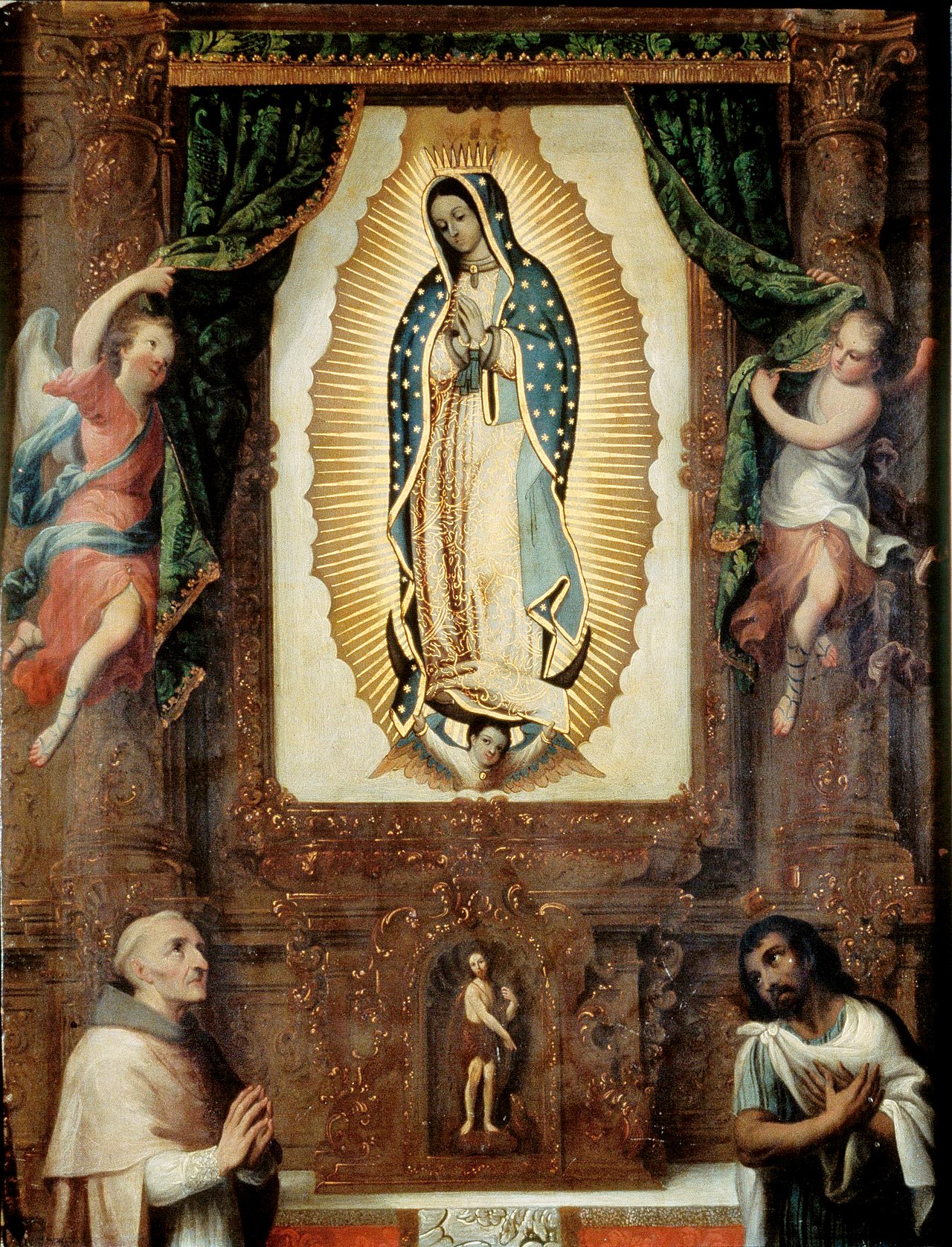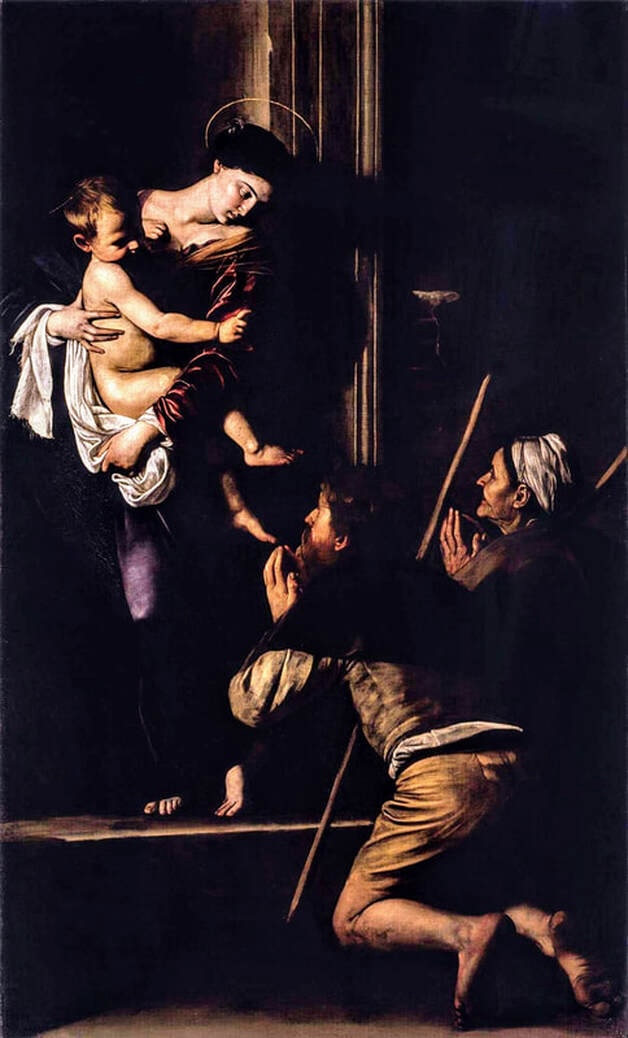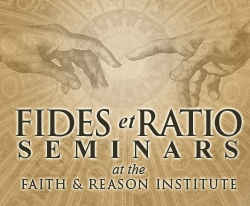Reality Is Greater Than Their Ideas
Written by Robert Royal
Monday, January 15, 2024
Last week, Pope Francis spent 40 minutes – a long time for a busy man – with representatives of DIALOP, a group that engages in Christian-Marxist “dialogue.” It was formed in 2014 after he met with some of the founders. It will probably only be remembered as a mere blip compared with much more momentous things that he’s done. But for the hundreds of millions of people who suffered and are still suffering under Communist regimes – and for many of us who worked with St. John Paul II towards the demise of the Soviet Union and other murderous Marxist outposts – the disinterment of this long-dead corpse is no small matter.
Given Marxism’s record of tyranny and death – a body count three times as great as Nazism’s (itself National Socialism) – where was the pope’s principle in Evangelii gaudium [231] that, “Realities are greater than ideas”? There are good reasons why there’s no Christian-Nazi dialogue. Why does Communism get a pass?
Even in its heyday a half-century ago, the Christian-Marxist “dialogue” did little other than weaken Christian resistance to what every modern pope has condemned as a fundamentally evil ideology. Leo XIII prophesied in Rerum novarum (1891), just a few years after Marx’s death, that if socialist ideas were “carried into effect the working man himself would be among the first to suffer.” [4]
It’s a great historical irony that it was the largely Catholic workers of Polish Solidarnośćwho lit the fuse that blew up Communism. In Argentina, Jorge Mario Bergoglio sometimes argued that “God’s faithful people” didn’t want Marxism. But at the recent Vatican meeting, he praised the search for a kind of common humanitarian project, “instead of rigid approaches that divide, let us cultivate, with open hearts, discussion and listening.”



